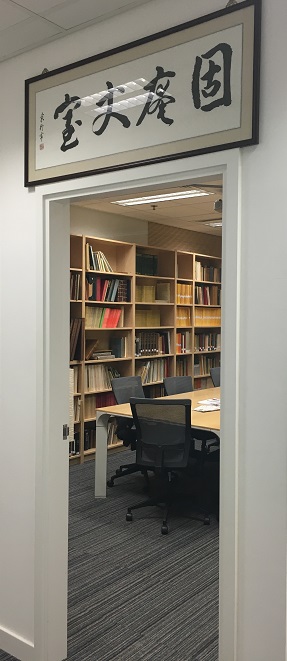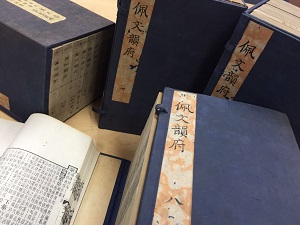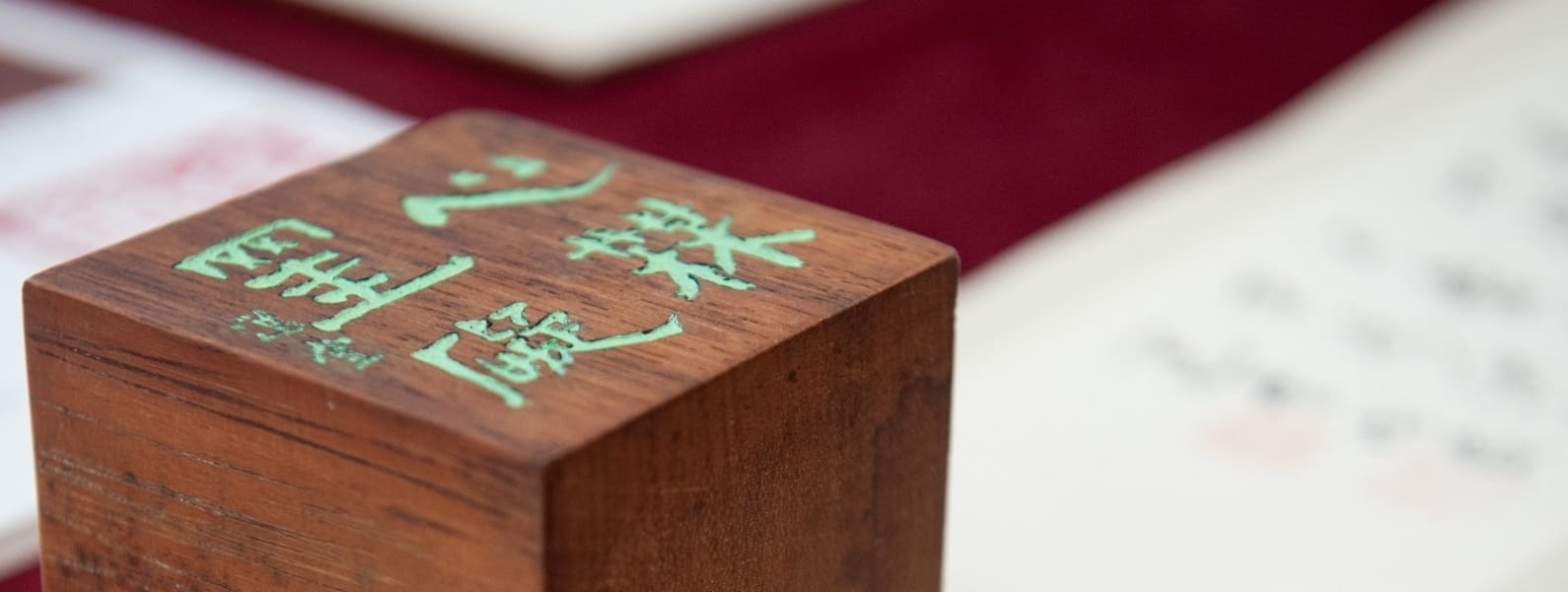The Gu'an Study




The “Xiangxu” entry under the section of “Qiuguan sikou” (Ministry of Justice) collected in Zhouli (The Rites of Zhou) noted that, “The xiàngxū [interpreting-functionaries] are responsible for receiving the envoys of the tribes of Man, Yi, Min, He, Rong and Di. They are charged with conveying the words of the King and explaining his meanings to the envoys so that harmonious relations with these tribes may be maintained.” (translated by Martha P. Y. Cheung [2006:43]) In other words, Xiangxu are interpreting officials whose functions are to receive, look after and communicate with emissaries from all sides. Accordingly, the Xiangxu Studio houses mainly translations of Chinese classics with a variety of more than fifty languages being used in the Continent, the Americas and Asia, including some of the rarest early translations. As the old saying goes, “The grind-stones from other hills can be used to polish jades.” Through the perspective of the other, one can gain a more objective understanding of the self. Some concepts or ideas in our culture are underappreciated simply because they are too familiar to us; however, seeing through the fresh eyes of oversea sinologists, we can be more reflective about the meanings of those concepts. The works that can be found in the studio are in general the cultural products resulted from the exchanges between Chinese and foreign civilizations, giving us a tangible feeling of the cultural exchange between ancient China and countries around the world.
Highlight of the Collection
Peiwen Yunfu
Compiled by a number of officials during the late Kangxi era of the Qing dynasty, Peiwen Yunfu is a voluminous Chinese rhyme dictionary of literary allusions and poetic dictions that serves as a reference tool for the composition of poetry. The title is named after an imperial study of Emperor Kangxi called Peiwen zhai (‘The
Literature Adorning Studio’). Taking eight years to complete, the dictionary “encompasses the past and the present and comprises all matters, no matter important or trivial. No works on phonology can surpass this.” As the lexicon was drawn from works from the pre-Qin period to the more recent Ming dynasty, the dictionary contains a total of 10,252 single-character entries, classified into 106 rhymes according to the Pingshui rhyme system once popular in the Ming Dynasty. It is still an important reference for looking up classical allusions and phrases.
The Haishan Xianguan edition of Peiwen Yunfu bequeathed by Professor David Nivison is a reprint of the original publication by the Imperial Printing House of Wuyingdian, under the patronage of Late Qing merchant Pan Shicheng. Bound into 164 volumes and stored in 24 cases, this set of thread-binding books is in pristine condition even after over one hundred and fifty years of circulation. On top of that, the volumes are in original binding and casing, making it a worthy addition to any collection.


